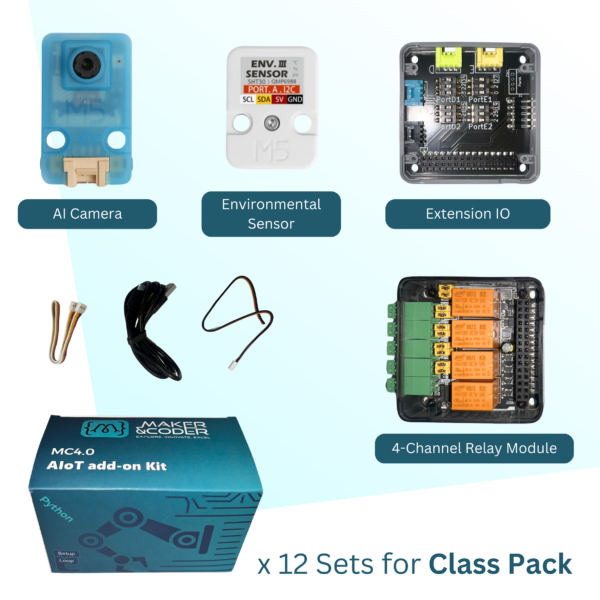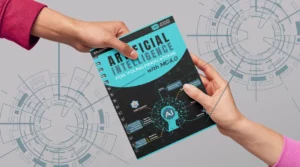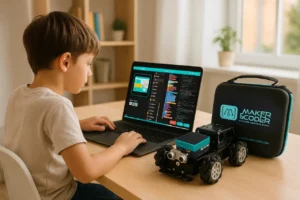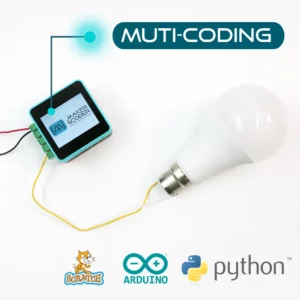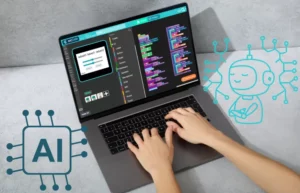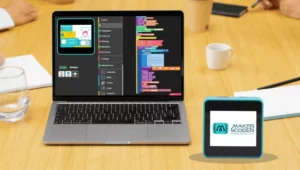As technology continues to evolve, the integration of Artificial Intelligence (AI) in education is becoming more prevalent, leading to questions about the future of teaching. Will AI replace teachers, or will it serve as a tool to enhance the educational experience? This blog explores the role of educators in smart classrooms and examines how AI can transform teaching while preserving the crucial human element.
Understanding AI in Education
AI in education refers to the use of artificial intelligence technologies to support teaching and learning processes. This includes intelligent tutoring systems, automated grading, and personalized learning approaches. Understanding these applications is crucial in determining how AI might reshape the traditional learning environment.
Artificial Intelligence in classrooms can be a game-changer, offering tools that adapt to students’ learning speeds and styles. AI can provide tailored instructional materials, assess student work instantly, and offer timely feedback, enhancing the educational experience. These technologies allow for more individualized attention, giving students the help they need exactly when they need it.
AI systems like personalized learning platforms are designed to adjust to the learning curve of each student. While traditional classrooms often operate on a one-size-fits-all approach, AI provides a more customized journey, allowing students to excel in their strengths while addressing their weaknesses. Such applications offer insights into student progress, providing both educators and parents with a clear picture of each child’s development.
The Strengths and Limitations of AI
AI offers tools for personalized learning paths, automated assessments, and data-driven insights. However, AI lacks the emotional intelligence and adaptability that human teachers provide. By acknowledging the strengths and constraints of AI, we can better integrate it into classrooms to complement traditional teaching methods.
One of the obvious strengths of AI is its ability to handle vast amounts of data and derive meaningful insights at a speed unmatched by humans. It allows for data-driven decisions that can improve instructional methods and resource allocation. Yet, the capacity to offer empathy, motivation, and nuanced guidance remains distinctly human. Teachers possess the intuitive ability to look beyond data and assess the natural curiosity and critical thinking of their students—capabilities that AI cannot replicate.
While AI can enhance the learning experience with technologies and tools, its limitation often lies in understanding the human context, managing classroom dynamics, and fostering personal relationships. These elements are vital for effective learning and must be integrated with AI’s capabilities to optimize educational outcomes. Both AI and educators need to work together, using AI as an ally that seamlessly enriches the classroom experience.
Teacher’s Evolving Role in Smart Classrooms
In smart classrooms, teachers are not just deliverers of information, but facilitators of a dynamic learning environment. Educators are needed to interpret data provided by AI, offer emotional support, and encourage critical thinking. Their adaptability and creativity remain central even in technology-rich classrooms.
The role of educators in smart classrooms is shifting from mere instructors to mentors who guide students through their learning journeys. As AI takes over routine tasks such as grading and data analysis, teachers can dedicate more time to interactive discussions and fostering a supportive learning environment. The wealth of insights offered by AI enables teachers to pinpoint student needs accurately, adjust their teaching strategies, and provide personalized attention to each learner.
Educators must embrace the tools available in smart classrooms to enhance their teaching practice. By utilizing AI-powered tools, they can create engaging and interactive lessons that cater to various learning styles. Through this, teachers become agents of change, leading students toward a deeper understanding of core concepts while promoting skills such as problem-solving and innovation that are essential in today’s world.
Case Studies: Successful Integration of AI in Schools
Examining real-world examples where AI has been successfully incorporated into classrooms provides valuable insights. Schools that have embraced AI tools for personalized learning and administrative tasks demonstrate how AI can support teachers rather than replace them.
One prominent example of successful AI integration is at The Star Global School in Rohtak, where smart classrooms provide an enriched learning environment that encourages interactive and adaptive methods. Their approach blends traditional teaching with AI to create a holistic educational experience that prepares students for future challenges. By analyzing student behaviors and customizing lessons to meet individual needs, educators can ensure all students receive the support they require to thrive.
Another case is the innovative use of AI at Maker and Coder, where AI technology revolutionizes Kuwait’s educational system by providing interactive and personalized learning experiences. Here, AI supports teachers in crafting tailored lesson plans and gives real-time feedback to foster better understanding and engagement among students. These examples illustrate the potential of AI to elevate the teaching profession rather than diminish it, affirming the enduring importance of human educators.
Preparing Educators for the Future
Professional development and training are crucial in preparing educators for AI-enhanced teaching environments. By equipping teachers with the skills to use AI tools effectively, we ensure they remain at the heart of the educational experience, guiding and mentoring students through an ever-evolving landscape.
The transition towards AI-integrated classrooms requires dedicated teacher training programs that focus on building both technological proficiency and pedagogical skills. As highlighted by Schoolnet India, these programs need to place emphasis on effective technology integration and classroom management in the digital age. Education systems must invest in training that equips teachers with the necessary tools to navigate these environments confidently.
Empowering teachers to become proficient in using AI tools will help them continue to play a pivotal role in shaping young minds. Initiating AI-centric workshops and ongoing professional development opportunities encourage educators to harness AI capabilities while maintaining their invaluable presence in classrooms. Teachers can blend AI with their expertise, ensuring a nurturing and balanced educational approach that supports students as they navigate this new era of learning.
Educational institutions need to create a culture that promotes awareness and acceptance of AI technologies among educators. By fostering an environment that encourages experimentation and innovation, teachers can be part of the development of AI strategies that enhance learning. Educators should have access to training that not only highlights AI’s benefits but also addresses ethical concerns to ensure responsible implementation.
The Collaborative Future of Education
In conclusion, while AI is set to play a significant role in the education sector, it is unlikely to replace the unique and irreplaceable contributions of educators. Instead, AI will be a powerful ally, enabling teachers to enhance their teaching strategies, personalize learning, and focus on nurturing students’ emotional and social intelligence. The future of education is a collaborative journey between AI and educators to create an enriched learning environment.

